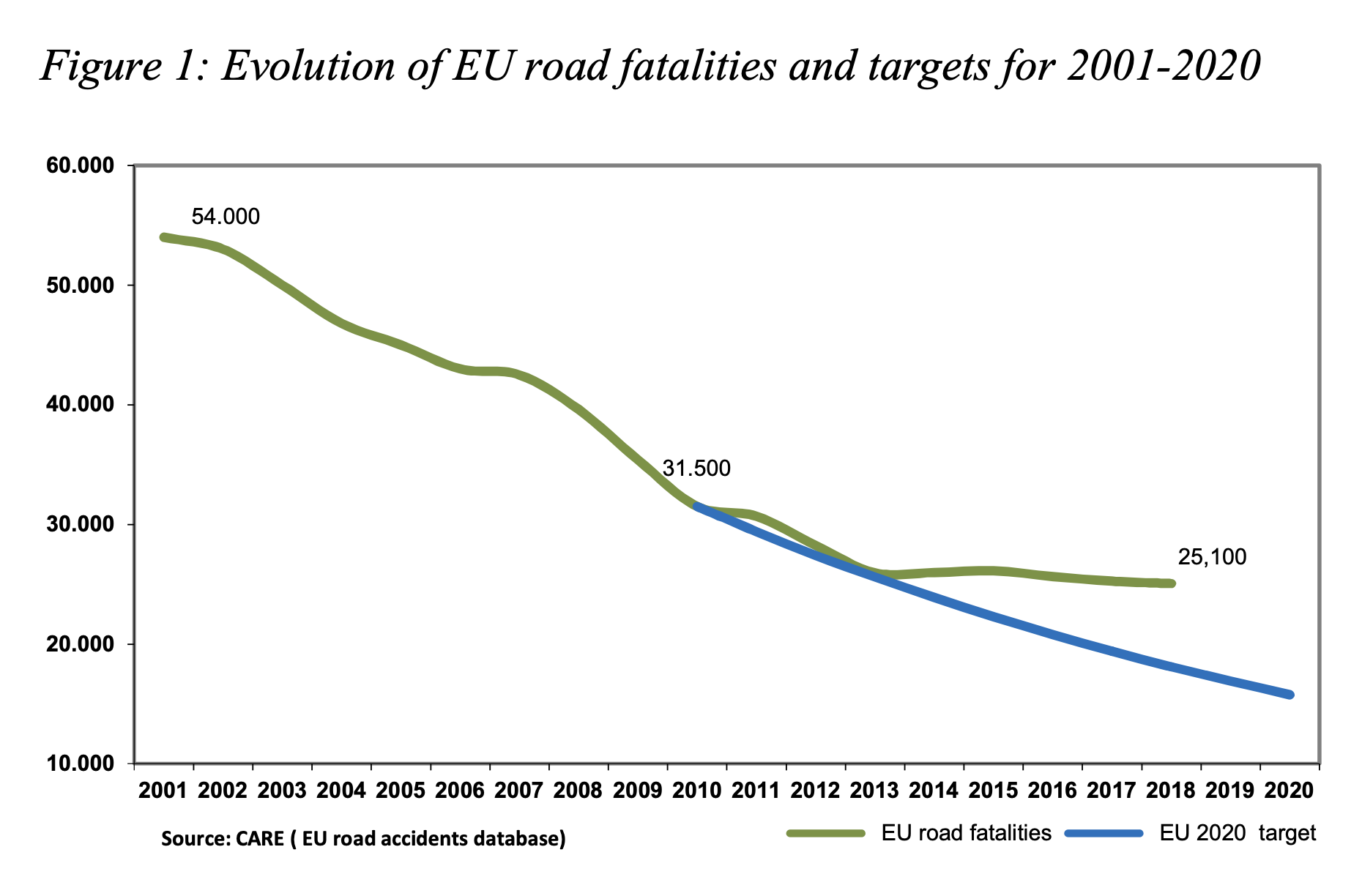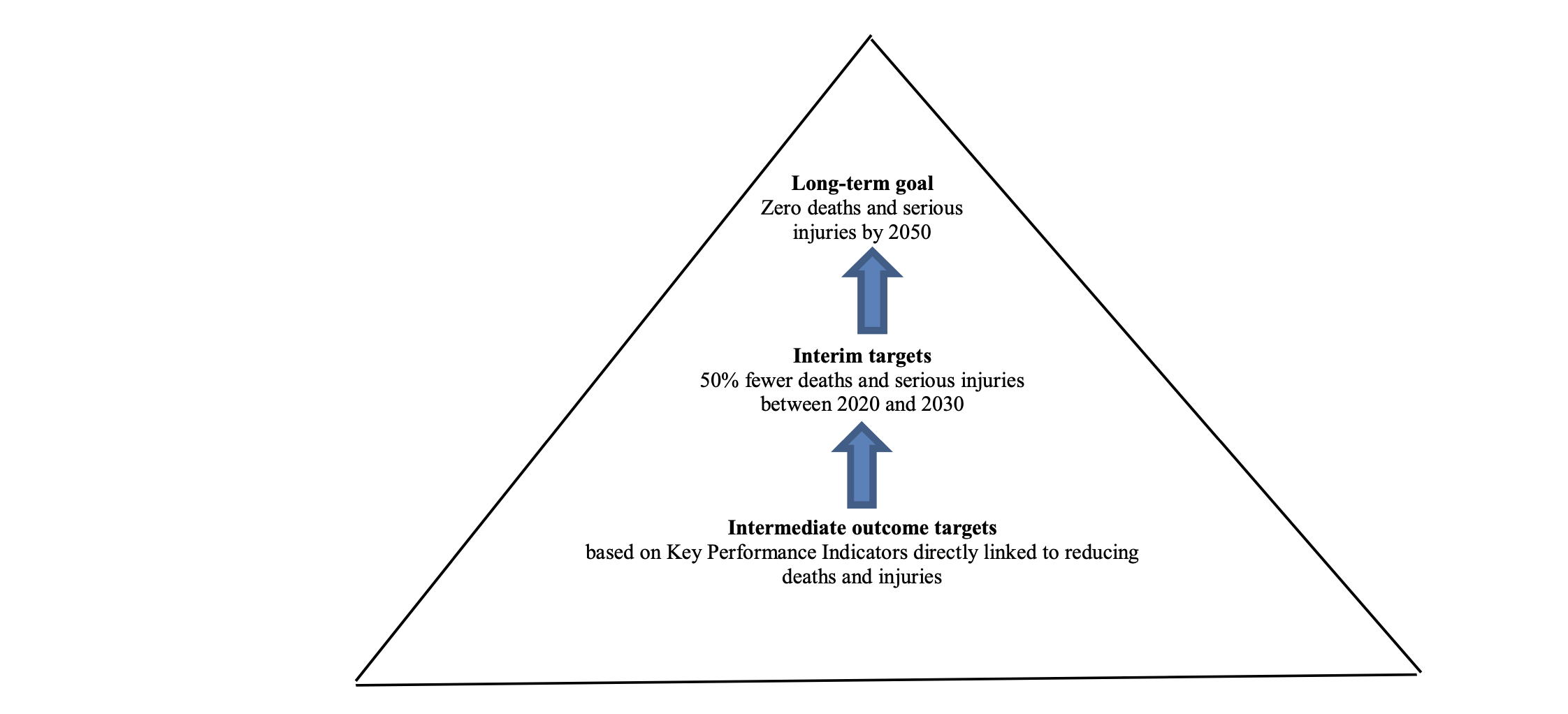EU Road Safety Policy Framework 2021-2030 – Next steps towards “Vision Zero”

In the “Europe on the Move” package in May 2018, the European Commission put forward a new approach to EU road safety policy , along with a medium term Strategic Action Plan
The number of people killed in road crashes around the world continues to increase. According to the World Health Organisation’s “Global Status Report on Road Safety” , it reached 1.35 million in 2016 alone. This means that, worldwide, more people die as a result of road traffic injuries than from HIV/AIDS, tuberculosis or diarrhoeal diseases. And road crashes are now the most common cause of death for children and young people between 5 and 29 worldwide.

Between 2001 and 2010, the number of road deaths in the EU decreased by 43%, and between 2010 and 2018 by another 21%. However, 25,100 people still lost their lives on EU roads in 2018 and about 135,000 were seriously injured . This is an unacceptable and unnecessary human and social price to pay for mobility. In monetary terms alone, the yearly cost of road crashes in the EU has been estimated in a new study to be around EUR 280 billion, equivalent to about 2% of GDP !
Moreover, progress in reducing EU-wide road fatality rates has stagnated in recent years. It appears highly unlikely that the EU's current medium term target, to halve the number of road deaths between 2010 and 2020 , will be reached.

First of all, the mindset of “Vision Zero” needs to take hold more than it has so far, both among policy makers and in society at large. Road crashes are “silent killers”, in that they often go virtually unnoticed in the public sphere, even though, taken together, they kill as many people – around 500 – as fit into a jumbo jet every week, in Europe alone.
Secondly, we need to implement the “Safe System” at EU level. Secondly, we need to implement the “Safe System” at EU level.


